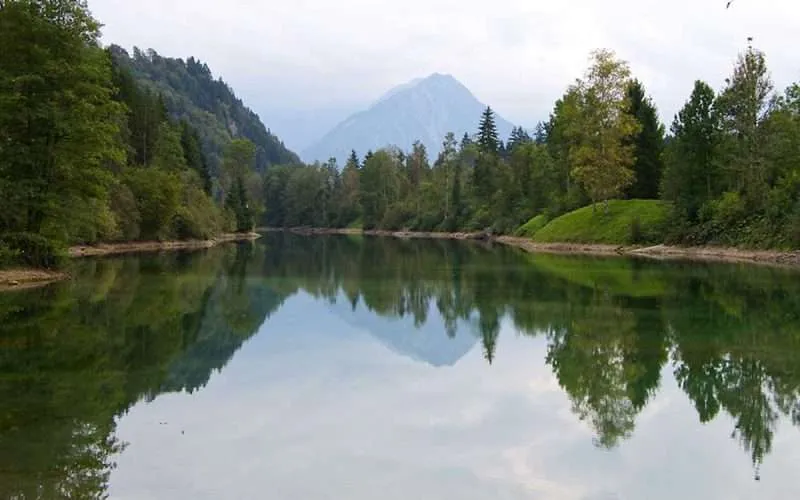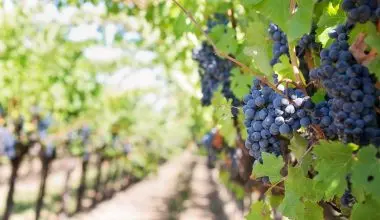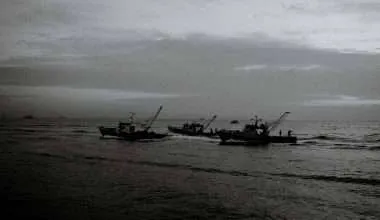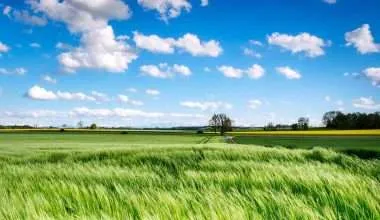Table of Contents Show
Riparian zone restoration means reviving the natural habitats along rivers, lakes, and other water-based ecosystems. These areas act as a connection between land and a river or a stream.
Riparian zones are vital parts of our planet’s ecosystems. They are home to plants and animals that live along riverbanks. These areas have unique vegetation and aquatic plants that support various species of animals.
Riparian areas are one of the fifteen terrestrial biomes of the planet. Riparian vegetation comprises plant habitats and animal species living along the border of river banks. The plants growing along the waterways support the animal communities that live in the vicinity.
Unfortunately, riparian zones have changed and degraded over time. That’s why restoring them has become crucial. These areas help in preventing soil erosion and maintaining water quality. Moreover, they provide habitats for many organisms. Restoring riparian ecosystems helps species thrive in these environments. That’s why there has been an increase in restoration efforts in recent years.
Restoration processes involve understanding the ecology of riparian zones. You should know how these areas function and how natural events or human activities can degrade them.
Why does a Riparian area undergo Degradation?
There are two core causes: hydrological modifications and habitat alteration.
1.Hydrological modifications
1.1 Dams and diversions
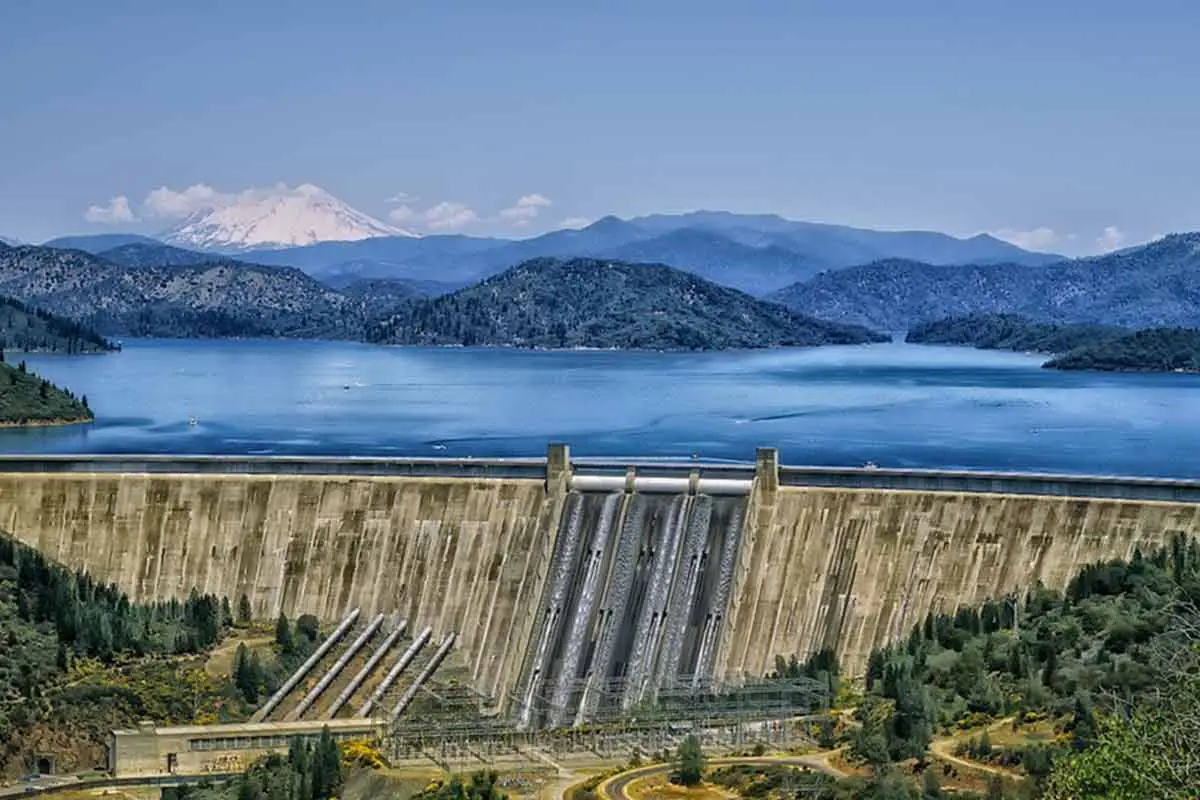
Dams store water, generate hydroelectric power, and control flooding. The upstream reservoir created by dams will inundate the riparian habitat. This large body of water can alter the natural ecosystem.
The construction of dams may cause changes to downstream riparian communities. The control of water by dams alters the frequency, timing, and size of flood events. Moreover, water storage upstream allows the silt and sediment to settle down.
The absence of this material in downstream water reduces nutrients released downstream. Thus, the changed water nature impacts downstream forest communities.
Another feature of dams is the diversion of water for agriculture, industrial and urban use. Thus the reduced release of water downstream disrupts the riparian ecosystem.
Also, dams sometimes release excess water through spillways during floods. Periodic flooding can destroy whole sections of riparian vegetation. It can be distressing to the species that have adapted to lesser water releases.
1.2 Groundwater withdrawals
Groundwater withdrawals in arid regions can impact riparian zones. These areas rely on a mix of surface water and groundwater. When the available water decreases due to withdrawals, riparian vegetation suffers.
Changes in groundwater levels also lead to shifts in plant communities. Drought-resistant plants replace wetland plants as the groundwater levels recede. So, the drop in groundwater level leads to habitat community shifts, sometimes causing a complete loss of riparian species.
1.3 Stream channelization and levee construction
Stream channelization and levee construction are other threats. An example of a levee would be an embankment along a river that rises above the river bank. During floods, the structure would hold the water back from the area behind it. Many levees can be found near places like New Orleans and the Mississippi floodplain.
These activities straighten and deepen streams for navigation and flood control. They allow the water to flow faster but harm riparian vegetation. Fast-flowing water prevents natural meanders and eliminates sediment deposition areas. Furthermore, many riparian plant species rely on the areas of new sediment deposition for seed germination. So it is harder for riparian plants to grow without sediment deposits.
2. Alteration of Habitats
Habitat alteration includes livestock grazing, land clearing, invasive exotic species, and mining.
2.1 Livestock grazing
Cattle tend to gather around water. Ungulates such as deer and other grazing animals are also found in riparian zones.
Livestock grazing near water can damage riparian ecosystems. Cattle trample and feed on native plants, reducing their coverage. This creates space for invasive weeds to take over, changing the composition of the plant community.
2.2 Land clearing
Humans raise crops, grow timber, and develop land for residential and commercial purposes and thus have caused vegetation loss in riparian zones. This removal of vegetation increases the likelihood of the credibility of stream banks.
Moreover, it may also speed up the rate of channel migration. Besides, the removal of these riparian vegetation fragments the remainder of the ecosystems. This causes hindrance in the dispersal of species between habitat species.
This can cause diminishing riparian plant diversity, as well as decreasing abundance and diversity of migratory birds or other species that are dependent on large, undisturbed areas of habitat. Habitat fragmentation can also prevent the normal gene flow across the ecosystem.
2.3 Invasive exotics
Invasive exotic species are a growing problem in riparian zones. These non-native plants spread easily and disrupt the ecosystem’s structure and function.
Invasive plants can change sediment levels, alter channel features, and increase the risk of fires.
2.4 Mining
Mining activities, especially for sand and gravel, directly destroy riparian habitats. Moreover, these ventures alter stream channels, affect sedimentation and remove groundwater.
Toxic materials from metal mining can accumulate in sediments, harming riparian zones.
Methods to restore riparian zones
The following measures can revive riparian zones:
1. Active vegetation restoration
Active vegetation restoration involves planting native species to ensure their successful growth.
The revival is usually carried out by sowing seeds or planting seedlings. Protection from herbivores, such as fencing, may be necessary.
Prior removal of invasive species is also important to prevent their return.
Start restoration upstream and progress downstream. In this way, propagules from invasive species will not hamper restoration attempts.
2. Passive vegetation restoration
Active restoration is a fast process to revive riparian ecosystems, but expensive to carry out.
Passive vegetation restoration occurs once human disturbances stop or even slow down. Riparian vegetation can naturally recover if given the chance. We can call it a process of natural regeneration.
Natural regeneration gives the ecosystem time and space to restore itself. It protects the remaining native vegetation by reducing human impacts. This method promotes natural processes such as flooding and seed dispersal. Over time, native plants recolonize the area, and the ecosystem regains its functionality.
Monitoring the progress of natural regeneration is essential to ensure its success. Here, you must be ready for adaptive management, and make adjustments if needed to support the recovery process.
3. Riparian Buffer Zones
Creating riparian buffer zones is an effective active vegetation restoration method. It involves planting native vegetation along the banks of rivers, streams, and other water bodies. These strips act as protective buffers, providing many benefits to the riparian ecosystem.
Riparian buffer zones help filter sediment, nutrients, and pollutants from runoff. The filtration process improves water quality. They reduce the risk of erosion and stabilize stream banks, preventing further degradation. The vegetation also provides shade. Additionally, the canopy helps regulate water temperature and creates suitable habitats for aquatic organisms.
Additionally, emphasis should be on native species when you choose plants for buffer zones. The aim is to grow plants well adapted to local conditions.
They should have deep root systems that aid in stabilizing the soil and absorbing excess nutrients. Furthermore, native plants also support a diverse array of wildlife, contributing to ecosystem health.
4. Restoring hydrological processes and geomorphic features
Restoring natural flow patterns and geomorphic features is crucial.
Alteration in the flow regimes affects the health of the riparian zones. To restore this, there is a need to reestablish natural streamflow in these ecosystems.
The restoration also involves periodic flooding that benefits riparian ecosystems. Removing dams and altering water management practices can help, but it may face legal and regulatory challenges. Also,reduction of groundwater pumping can also restore riparian vegetation.
Moreover, natural geomorphic features of each riparian zone should dictate the restoration effort.
4. Restoring animal life
Restoring animal life is another focus of restoration efforts. By reviving plant communities, the foundation for other organisms is set.
Many animal species will return to restored habitats. Sometimes, riparian restoration efforts aim to conserve particular animal species of concern. A case in point is The Valley Elderberry Longhorn Beetle in central California.
5. Ecosystem perspectives
If appropriate ecosystem conditions are not created, restoration may not succeed.
Successful restoration depends on both biotic (living) and abiotic (non-living) factors. These include soil character, surface and groundwater levels, and flow patterns. Certainly, pairing physical processes and targeting vegetation and hydrology together yield the best results.
6. Community Awareness
Finally, making communities aware is the key to successful riparian zone restoration.
We have to make people aware of the significance of these habitats and what they can do to preserve them. By doing so we can create a community that cares for the environment.
In conclusion, restoring riparian zones is vital for the health of our ecosystems. It benefits plants, animals, and humans alike. By implementing these methods, we can bring back these significant habitats. And thus protect our natural environment.
